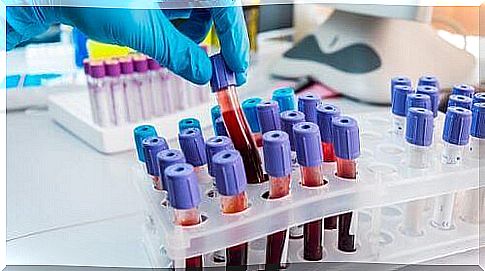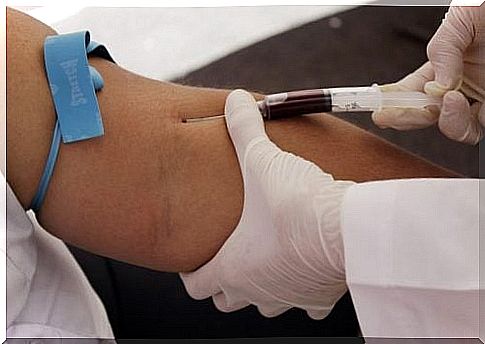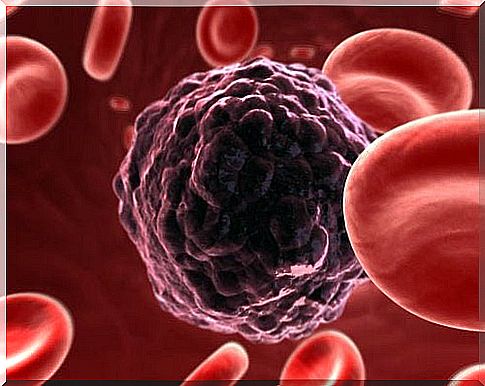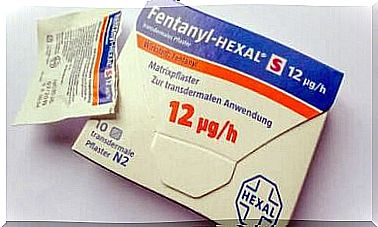Blood Tests Can Locate Where You Have A Tumor

Have you heard of the new type of blood tests that can help locate where you have a tumor?
Early detection of cancerous tumors continues to be one of the main challenges for the medical community.
Despite progress, there are still difficulties with specialized tests when doctors suspect the disease.
Currently, there are clinical trials and tests that allow you to identify the presence of malignant cells. This is especially easy to do when they have reached the most advanced stage.
Among these tests, blood tests have been very effective. After all, they can detect the presence of cancer by identifying the DNA that tumor cells make when they die. However, these are very superficial tests. After all, they do not let you know exactly where the tumor is.
Surprisingly, however, this situation is about to change. This is thanks to a new advancement made by a group of bioengineers at the University of California, San Diego.
These experts have been able to develop a new type of blood sample. This test not only detects cancer, but also locates where the disease is.
The new analysis promises an earlier diagnosis. At the same time , it can help patients avoid invasive surgical procedures.
The study with blood samples

Bioengineers at the University of California have developed a new blood test. Overall, this is different from tests that already exist. It will be able to detect cancer earlier and more precisely.
The results were published in the journal Nature Genetics. In the article, the significance of this breakthrough stands out when talking about fighting this dangerous disease.
In the study, they found that when a tumor begins to grow in a certain part of your body, the malignant cells compete with healthy cells for nutrients and space. In this process, the cells begin to die.
DNA in the dying cells is sent through your bloodstream. This can help facilitate the detection of affected tissue

They discovered DNA signatures for different types of cells, which were the key to identifying which part of the tumor was in. In addition, they discovered the methylation alleles CpG inside the DNA molecules.
A unique cellular identity
In general, researchers can identify each body tissue according to its unique signature of methylation alleles.
Only Zhang , a professor of engineering at the University of California, San Diego and lead researcher on the study, explained:
“We made this discovery by accident. Basically, we took the conventional approach and just looked for cancer cell signals and tried to figure out where they came from. But we also saw signals from other cells and realized that if we integrated both sets of signals together, we could actually determine the presence or absence of a tumor, and where the tumor grows ”.
To test this method, the researchers created a database. In this database , they included all the CpG methylation patterns in the organs of the body. This included:
- The liver
- The intestines
- Colon
- The lungs
- The brain
- The kidneys
- Spleen
- Pancreas
- The blood

At the same time, they also performed an analysis of tumor and blood samples from the Moore’s Cancer Center at the University of California. This allowed them to identify the specific genetic markers of cancer.
In addition, they looked at blood samples from both patients with and without tumors. From this , they could find the cancer markers in the methylation patterns in the patient’s tissues.
As a result, experts have cataloged the test as a dual approval process.
More information
Despite the results, the research team has decided to be careful. Currently, this is just proof of the concept.
“To move this examination to a clinical stage, we need to work with oncologists to further optimize and improve this method,” Zhang said.
However, it is a very promising and interesting development to follow.









